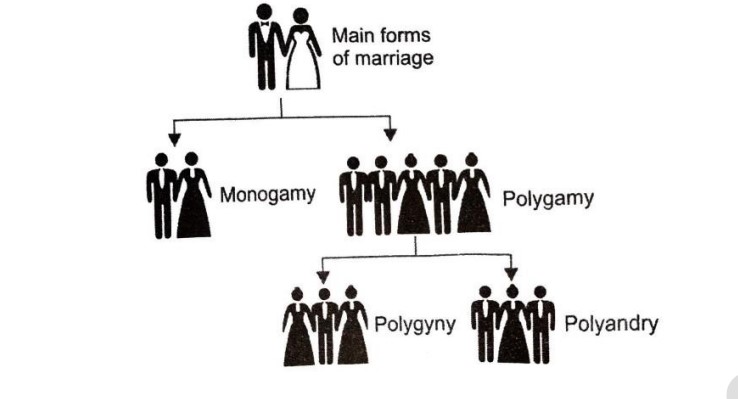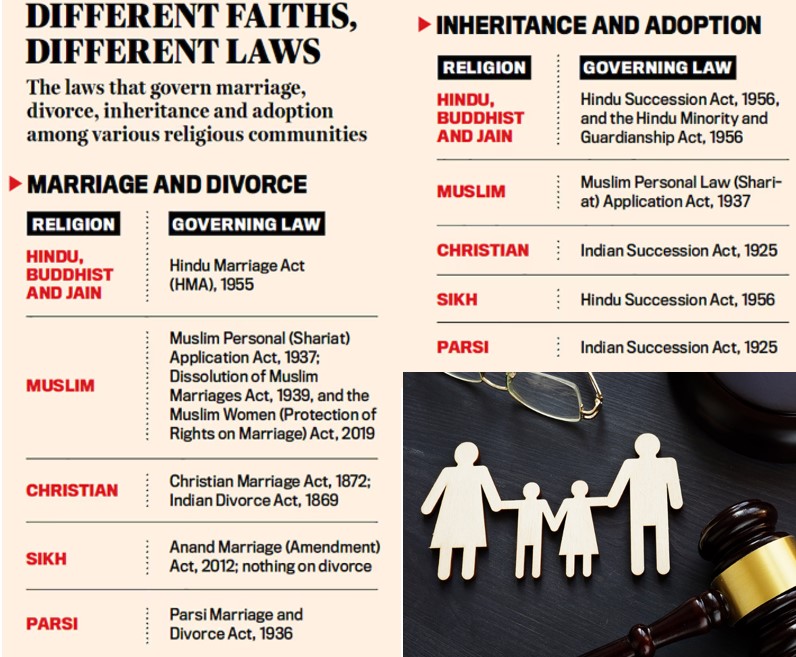7667766266
enquiry@shankarias.in
Mains: GS I – Salient features of Indian Society
Over the years, there have been significant changes in marriage and maintenance laws.

Sambandham is a form of visiting relationship with the husband without involving cohabitation.
